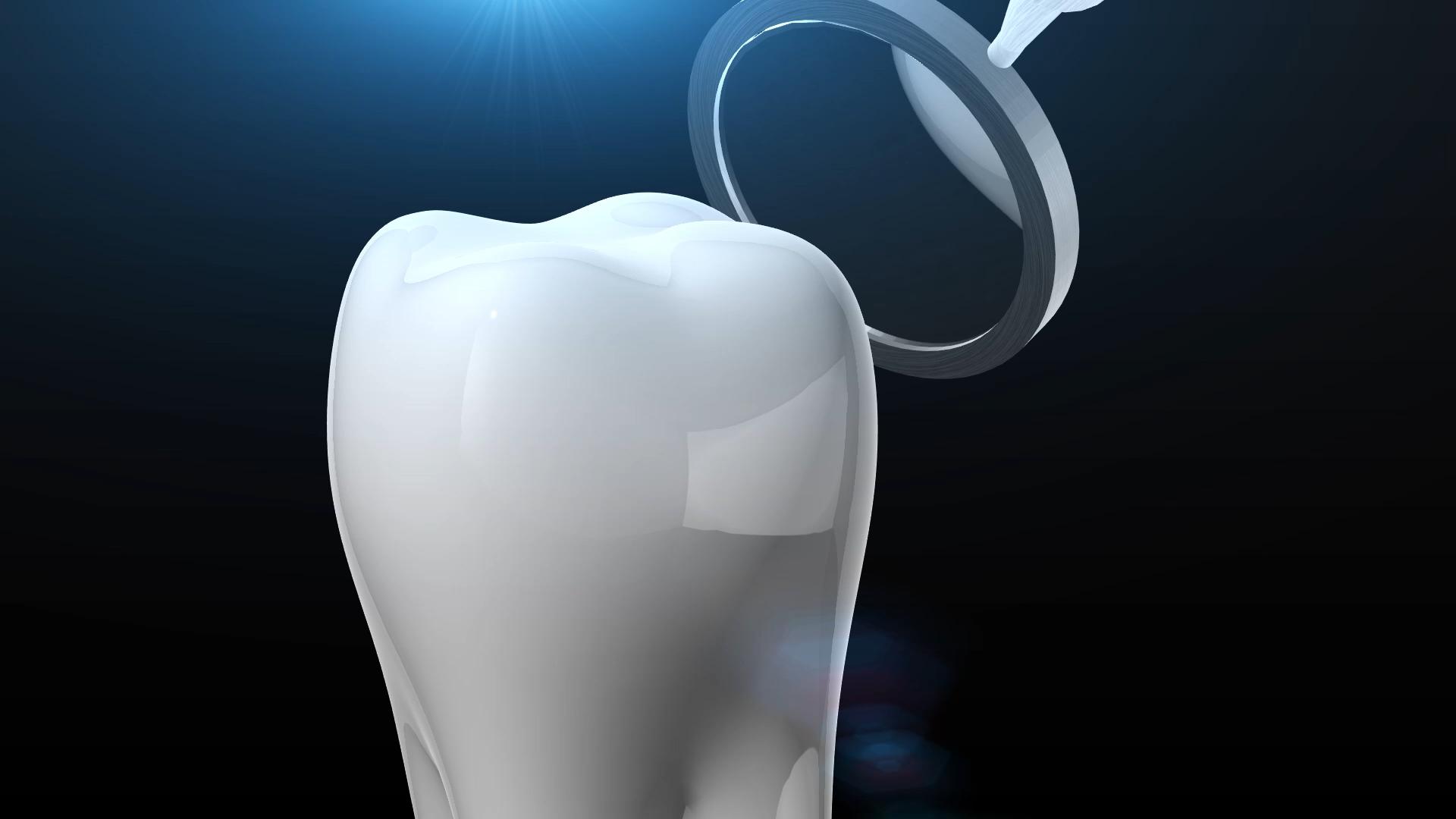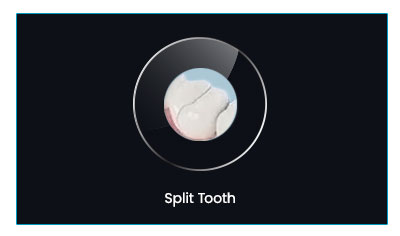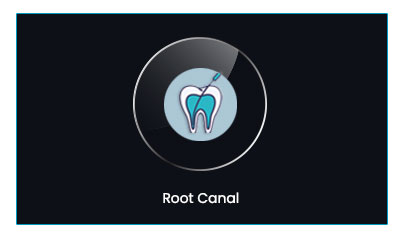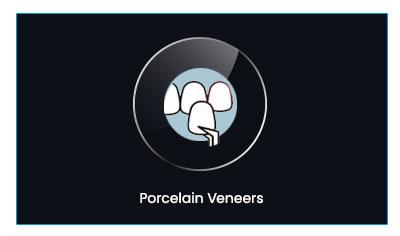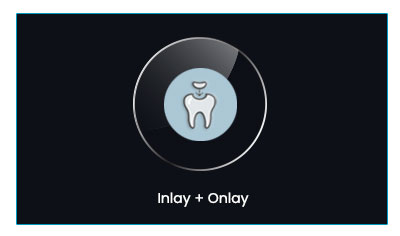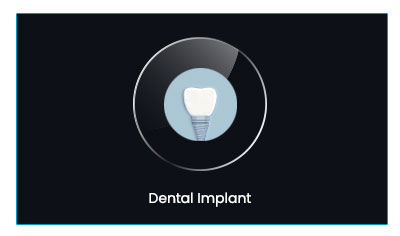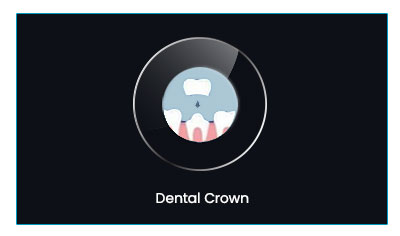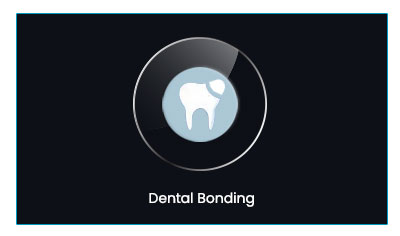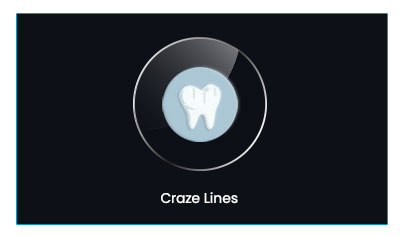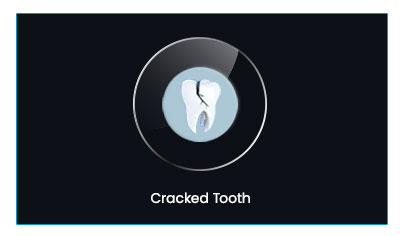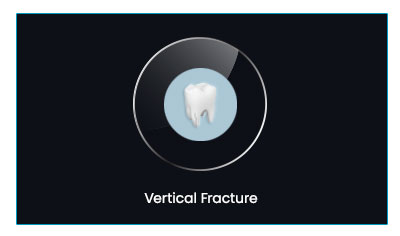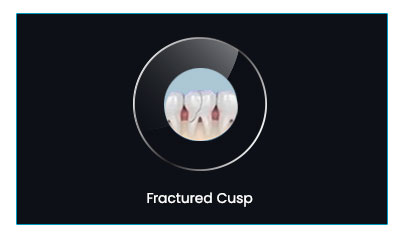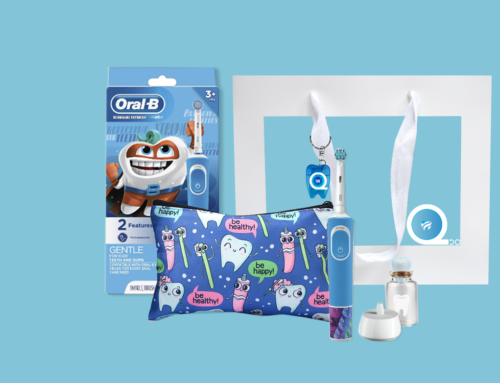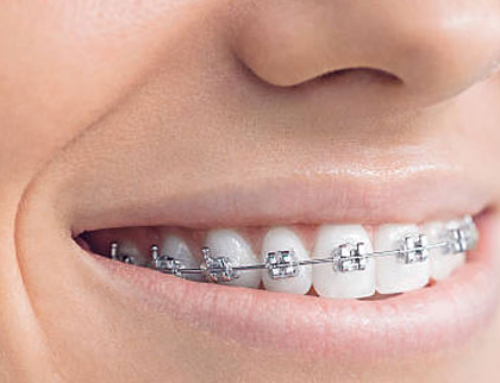Cracked teeth first need to be identified. You can crack or split a tooth vertically, horizontally, or in other patterns. Proper diagnosis is essential to determine the appropriate treatment plan.
In your first consult, you will be taken care of by a clinician trained in the area of your enquiry, plus our treatment co-ordinator. Once you are comfortable, QDC attends to your ultimate comfort, time, and needs. Then, we will need to take an X-ray first to determine the complexity of the crack or split.
What type of crack do you have?
Let’s get started by explaining the types of cracks or splits. Several typess of cracks may occur in teeth – each presenting with its own implications. Early detection is best.
Craze Lines
Tiny, superficial cracks that only affect the outer enamel and are most common in adults. Generally, they do not cause pain or require treatment.
Split Tooth
The result of an untreated cracked tooth that has now split into distinct segments. The tooth often cannot be saved intact and may require extraction. In some cases, a portion of the tooth might be salvaged with appropriate treatment and then rebuilt.
Cracked Tooth
Typically, identifies as a crack that extends from the chewing surface vertically toward the root. The extent of the crack determines the treatment – early diagnosis is crucial to save the tooth! Treatment varies, and can range from a crown, to a root canal. In severe or complex cases, extraction is necessary. Then, we may look at a crown to replace the cracked tooth and ultimately, preserve your smile.
Dental Crown
A cap or covering for an existing tooth – used to improve the way a decayed or broken tooth looks and make it stronger. Crowns can be made from porcelain, zirconia, gold alloy or a combination of porcelain and metal.
Dental Bonding
a cosmetic procedure that uses a tooth-colored composite resin material to enhance your smile. A procedure used to repair chips, close down gaps or change the shape and color of a tooth. Dental bonding is completely reversible.
Porcelain Veneers
Are individually crafted from a durable and fine layer of porcelain, or composite, to create a strong, beautiful, natural looking smile. Veneers are a good choice if your teeth are permanently discolored, or if teeth are resistant to whitening treatments, chipped, cracked or poorly shaped.
QDC advises that regular dental check-ups are essential for identifying cracks in the early stages + preserving dental health well into the future. Remember, prevention is better than cure.
Root Canal
A treatment to repair and save a badly damaged or infected tooth instead of removing it. The term “root canal” is derived from the ‘cleaning of the canals inside a tooth’s root’. Decades ago, root canal treatments were often seen as painful – not now!
Inlay + Onlay
Custom-made restorations used to repair damaged or decayed teeth, providing a durable and aesthetically pleasing alternative to traditional fillings (Ref: QDC Services – Inlay + Onlay).
Dental Implant
This is the metal screw that is used in place of the root of your missing tooth. The dental implant is attached to the bone in your jaw where the roots of the missing tooth previously sat. The implant is usually made of a metal called titanium.
Fractured Cusp
Occurs when a piece of a tooth’s chewing surface breaks off, and is often discovered surrounding a dental filling. Typically the fractured cusp doesn’t affect the pulp of the tooth, nor cause any significant pain. Treatment often involves a dental crown.
Vertical Root Fracture
The crack begins in the root and extends toward the chewing surface. At first you may notice minimal symptoms and it may even go unnoticed until the surrounding bone and gum become infected. Treatment may involve extraction of the tooth in advanced cases, which is why early detection + treatment is key to managing cracked teeth + preventing further complications.
A root canal is a dental procedure used to treat infection or damage in the tooth’s pulp, which is the soft tissue inside the tooth containing nerves and blood vessels. During the procedure, the dentist removes the infected or damaged pulp, cleans and disinfects the inside of the tooth, and then fills and seals it to prevent further infection. Finally, the tooth is usually restored with a crown or filling for protection and function. Root canals help save the natural tooth and prevent the need for extraction.

